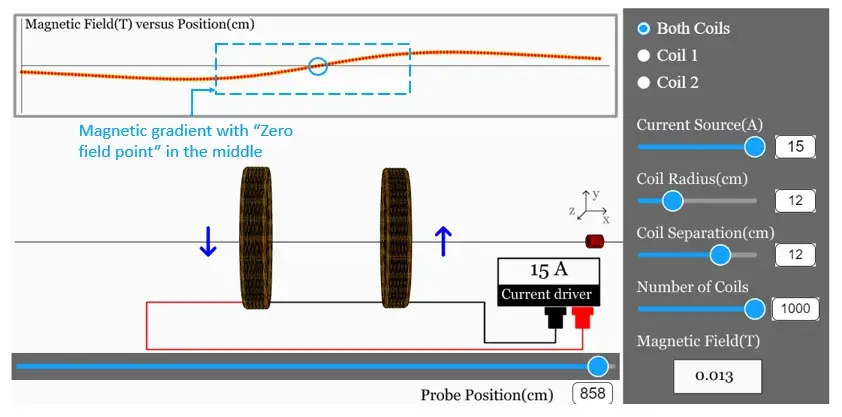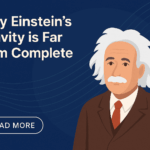From Bits to Qubits: How atomic trapping is revolutionizing quantum computing
Quantum computing is making waves like never before! Google has introduced Willow, a quantum chip capable of performing a computation in just five minutes—something that would take the world’s fastest classical computers approximately \(10^{25} \) years to solve. While the excitement around quantum computing is justified, how exactly does it work?
The secret lies in the shift from traditional bits (which can be either 0 or 1) to qubits (quantum bits). Unlike bits, qubits can exist as 0, 1, or even a combination of both simultaneously, thanks to the principles of quantum superposition. This allows quantum computers to evaluate multiple possibilities at once, dramatically accelerating complex computations compared to classical computers.
In this article, we’ll dive into the fascinating process of creating qubits. Specifically, we’ll explore how atomic trapping enables the preparation of ultra-cold atoms, which serve as qubits in quantum computing. Let’s uncover the science that’s transforming the future of technology!
How Atomic Cooling and Anti-Helmholtz Coils Power Quantum Computing
In quantum computers, we need particles (like atoms or ions) that can store and process quantum information reliably. Cold atoms, trapped using anti-Helmholtz coils, are ideal because they don’t move much, are isolated from noise, and can be precisely controlled to perform calculations.
We understand that terms like anti-Helmholtz coil and cold atoms might sound a bit technical. But don’t worry—we’ll break down each concept and explain the fascinating process of atomic trapping in simple terms as we dive deeper into this article.
What are cold atoms and why do we even need them?
Here by Cold atoms, we refer to the atoms but with extremely low kinetic energy. At room temperature, atoms move too rapidly for precise control, making them unsuitable for tasks like quantum computing. To use them as qubits, we need to cool and slow them down so that they can be precisely controlled.
How do we cool and trap atoms?
- In this context, cooling refers to the reduction of energy of the atom. The cooling starts with lasers! Yes, lasers reduce the atoms’ motion by pushing against their movement, thus slowing them down. But that’s not enough—atoms tend to drift away.
- This is where the anti-Helmholtz coils come in. They create a magnetic field that helps hold the atoms in place while they’re being cooled. The magnetic field acts like a gentle fence, pushing the atoms back toward the center if they start to wander.
- The magnetic field created by these coils isn’t uniform. It’s stronger at the edges and weaker in the middle. This gradient (change in strength) interacts with the atoms’ magnetic properties, helping keep them trapped in the calm center.
- This technique of using lasers and magnetic field to trap the atoms is called magneto-optical trapping.

What are anti-Helmholtz coils?
By using anti-Helmholtz coils, scientists have created an elegant solution to prepare atoms for quantum computing, helping pave the way for groundbreaking advances in science and technology.
Think of anti-Helmholtz coils as a special setup of two electromagnets, placed on either side of a space where we want to trap atoms. These coils are wired so the electric current flows in opposite directions, creating a magnetic field that gets stronger as you move away from the center and weaker near the middle. This creates a “zero-field point” in the center, like a calm spot in the middle of a storm.
Why Are trapped, cold atoms useful for Quantum Computing?
Once atoms are cold and trapped, we can use lasers to control their quantum states—essentially flipping them between “0” and “1” (or combinations of both, which is unique to quantum computing). These atoms then become qubits, the basic building blocks of quantum computers.
Why anti-Helmholtz Coils are critical for atomic trapping
- Precise Control: The magnetic field gradient ensures that atoms stay in one spot, making them easier to manipulate.
- Stable Environment: The trap keeps atoms isolated from outside influences, which is essential for the delicate operations in quantum computing.
- Efficient Cooling: The magnetic field works hand-in-hand with lasers to ensure the atoms reach ultra-cold temperatures.



